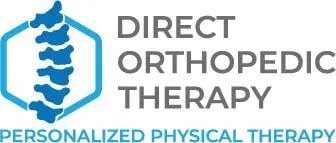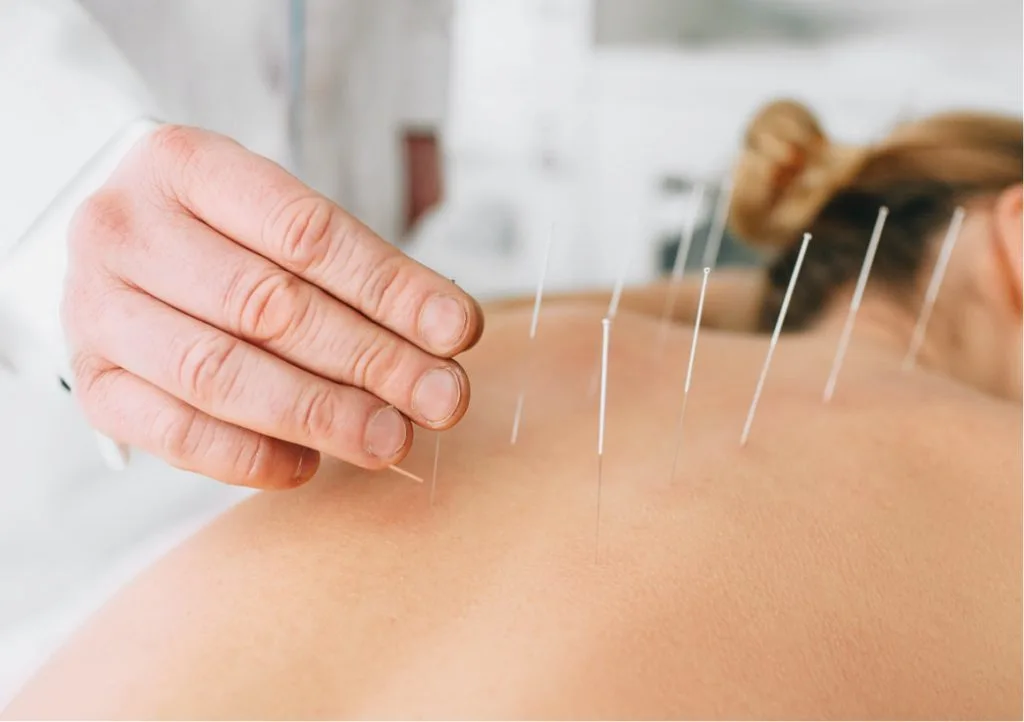You’ve probably heard about dry needling—maybe from a friend, a physical therapist, or while doom-scrolling for solutions to that nagging shoulder or low back pain. The concept sounds simple: insert a thin needle into a tight muscle, and boom—pain relief.
But does it actually work?
At Direct Orthopedic, we get this question a lot from patients dealing with everything from chronic pain to post-injury recovery. Dry needling isn’t magic, but when done right, it can be a highly effective tool in a broader treatment plan.
First, What Is Dry Needling?
Dry needling is a technique where a trained physical therapist inserts thin, sterile needles directly into trigger points—tight bands or knots in a muscle. These trigger points can be the cause of pain locally, or they can refer pain to other areas of the body.
It’s called “dry” because no medication is injected. It’s purely mechanical—using the needle to disrupt the tension in the muscle and stimulate a healing response.
Dry needling targets:
- Myofascial trigger points
- Muscle spasms
- Tension or stiffness post-injury
- Neuromuscular dysfunction
And while it uses similar tools to acupuncture, it’s not based on the same principles. Acupuncture follows traditional Chinese medicine pathways. Dry needling is grounded in Western anatomy and physical therapy science.
So—Is Dry Needling Effective?
Here’s the short answer: Yes, for many patients, it works very well.
But like any treatment, its effectiveness depends on:
- What you’re using it for
- Who’s doing the needling
- How it fits into your overall rehab plan
Let’s dig into the details.
What Dry Needling Is Most Effective For
We’ve seen great results with dry needling for conditions like:
1. Chronic Muscle Pain
This includes things like:
- Upper trapezius tension from desk posture
- Glute pain from sitting or overuse
- Neck stiffness from poor alignment
Dry needling can deactivate trigger points that are locked in a pain cycle, helping the muscle reset and move more freely.
2. Sports Injuries
Tennis elbow, IT band syndrome, calf tightness—these all benefit from dry needling when paired with mobility and strengthening.
The needles help release stubborn tension faster than manual therapy alone, which can speed up recovery time for athletes.
3. Post-Surgical Rehab
After orthopedic surgery (like ACL repair or rotator cuff repair), patients often deal with muscle guarding or chronic tightness.
Dry needling helps calm down those muscles so patients can get back full range of motion faster—and without as much discomfort.
4. Low Back and Sciatic Pain
If your glutes, piriformis, or lumbar paraspinals are tight and compressing nerves, dry needling can relieve pressure and improve blood flow, reducing radiating symptoms.
5. Headaches and TMJ
Trigger points in the neck, jaw, or shoulders often contribute to tension headaches or jaw pain. Dry needling these areas can reduce frequency and intensity.
What It Doesn’t Do (or Do Alone)
Dry needling isn’t a cure-all. Here’s where some people get it wrong:
- It won’t fix a structural tear (like a meniscus or rotator cuff tear)
- It won’t correct bad posture or movement habits on its own
- It’s not a replacement for strength training, mobility, or lifestyle changes
Think of it like this: dry needling unlocks the muscle, but you still need to retrain it. That’s why we always combine it with corrective exercise at Direct Orthopedic.
What to Expect During a Dry Needling Session
If you’ve never had it done, here’s how it typically goes:
- Evaluation: We assess which muscles are restricted, painful, or neurologically overactive.
- Needling: Thin needles are inserted into trigger points. You may feel a quick twitch or release—that’s the goal.
- Soreness: Most patients feel a little sore after, like a deep muscle workout. This fades in 24–48 hours.
- Relief: Many patients report immediate improvement in range of motion and decreased pain.
- Follow-up: We pair it with PT exercises to make the changes stick.
Treatments are usually spaced weekly or biweekly based on your plan of care.
Is Dry Needling Safe?
Yes—when done by a licensed professional. At Direct Orthopedic, our providers are certified and trained in safe, evidence-based dry needling protocols.
Side effects are minimal, but can include:
- Mild soreness
- Small bruising
- Fatigue
We avoid needling in areas with infection, compromised immune systems, or in patients with certain bleeding disorders unless cleared.
Who Should Try Dry Needling?
You’re a good candidate if:
- You’ve been dealing with muscle tightness or pain that doesn’t respond to massage or stretching
- You have recurring issues like sciatica, tension headaches, or IT band pain
- You’re post-injury or post-op and your muscle is guarding recovery
- You want to avoid or delay injections or pain meds
You’re not a good candidate if:
- You have an acute fracture or open wound
- You have a needle phobia that causes anxiety
- You have a condition your orthopedic provider has advised against
Ready to Try Dry Needling?
If you’re curious or you’ve hit a wall with your current treatment, let’s talk. Dry needling might be the missing piece of your recovery puzzle.
At Direct Orthopedic, we don’t just treat symptoms—we look at the whole picture. Book your dry needling evaluation today and see what personalized orthopedic care really feels like.



